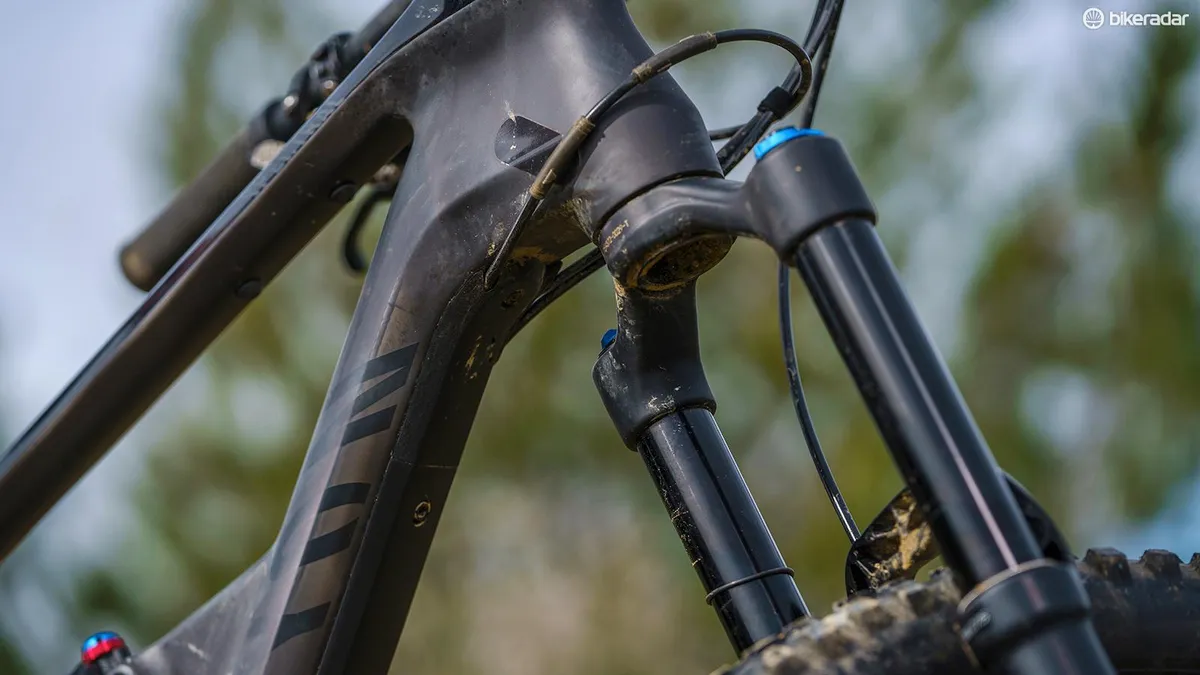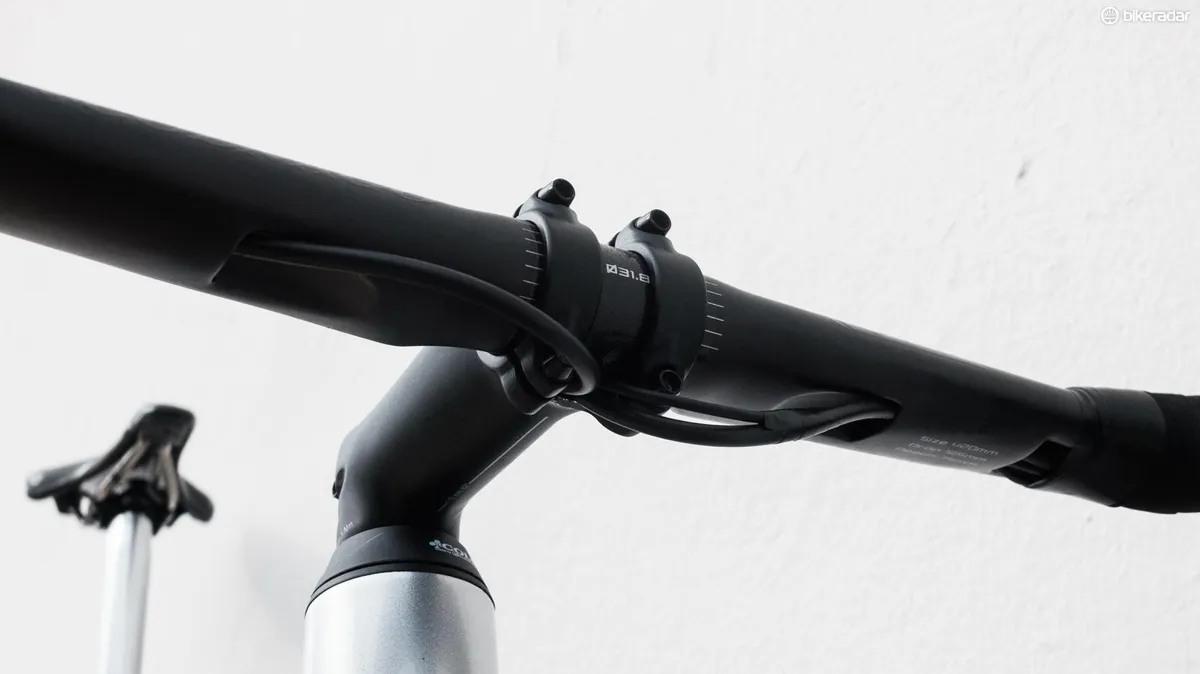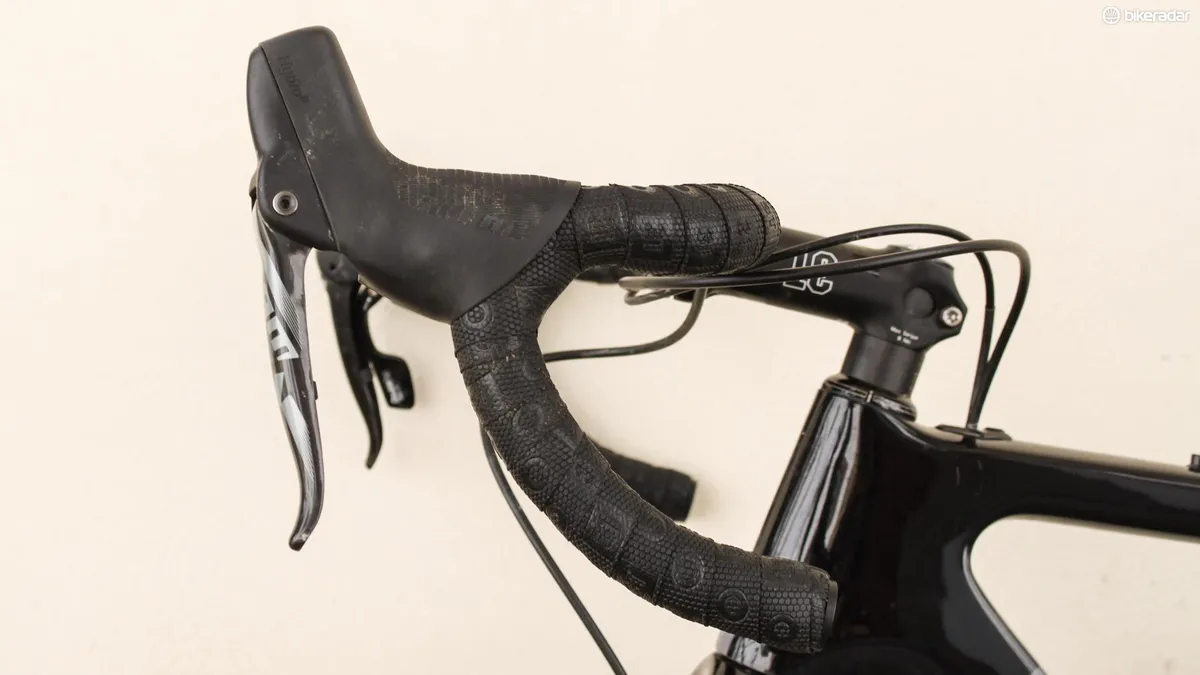There’s no doubt that internal cable routing looks rather pretty, but when it comes to doing basic maintenance, or worse yet setting up a brand new bike, desperately fiddling those cables through your frame can quickly become a nightmare.
I just don’t think that internal routing is the be all and end all of bike design. Look at the solution Canyon has come up with on its Spectral mountain bike, with a cover plate that provides the neatness of internal cabling, with the ease of use of external routing.

Of course slapping a plastic plate on the bottom of a road bike would be totally unacceptable. There’s absolutely no doubt in my mind that internal cables are an essential requirement on all high-end road bikes — or wait, was that just what the marketing machine told me?
The thing is, the microwatt that the scientist sitting in his wind-tunnel says you’ll save by tucking your cables away inside the frame isn’t going to make or break your ride — just do your jersey up instead for all those #aerogainz.

I can’t help but feel that internal routing has become a requirement on bikes without people really thinking about whether they need it or not. I’m looking at you gravel bike with all external cable routing, except the fork with a tiny 15cm section of brake hose through the left leg.
External routing provides smooth, friction-free shifting without kinks or surprises. Maybe it’s more exposed to dirt, but that also makes it incredibly easy to service, maintain and clean regularly. Likewise brake lines can easily be tucked out of the way of any harm.

I’m sceptical about claims that internally routed cables are more protected from the elements. Dirt and especially water always find their way where they aren’t supposed to be. It's just that with internal runs you can’t see that happening.
Of course, you might argue that when everything is setup and working it’s not a problem. Well at some point your bike will require maintenance and while we’d like everything to be as easy as slotting new cables in and getting on with our day, it usually isn’t.
You’ll find all manner of ‘hacks’ online about how to route and setup cables as painlessly as possible, along with various tricks to stop cables rattling (yes that is still a thing even on some of today’s bikes) that you simply don’t need with an externally routed system.

And it’s still a mystery why some manufacturers go to the effort of doing things internally, but then don’t make sure the routing is as smooth and kink free as possible. And don’t even get me started on the trials and tribulations of adding an internally routed bar into the mix…
So over to you. Is internal routing a necessary evil for optimum aerodynamics, or are you riding with cables naked and proud?
null
